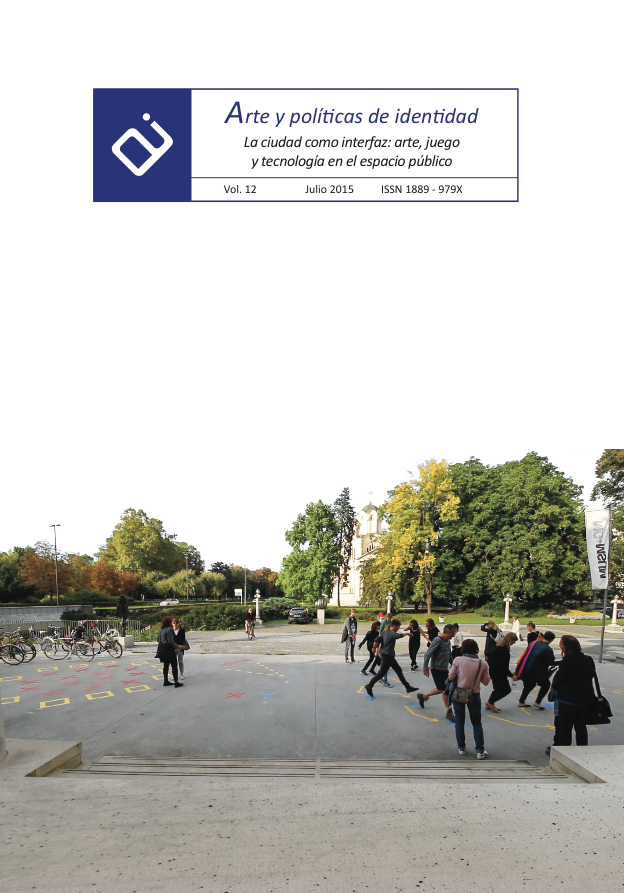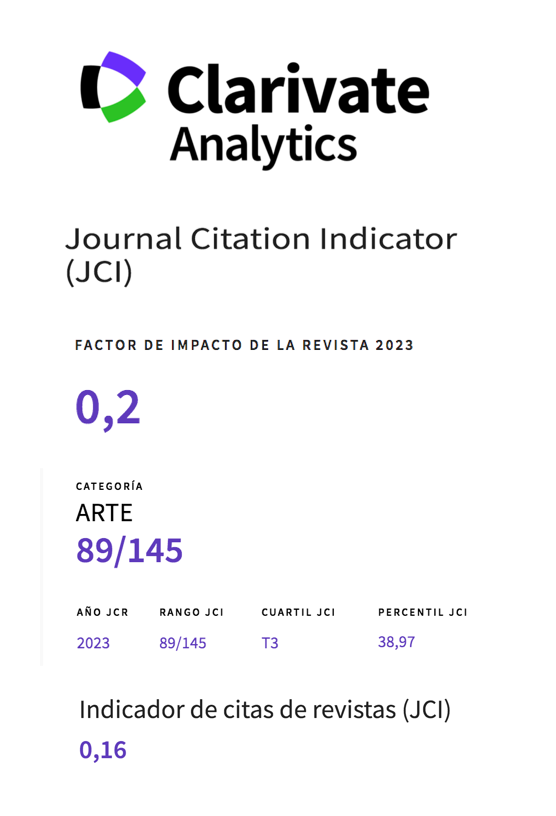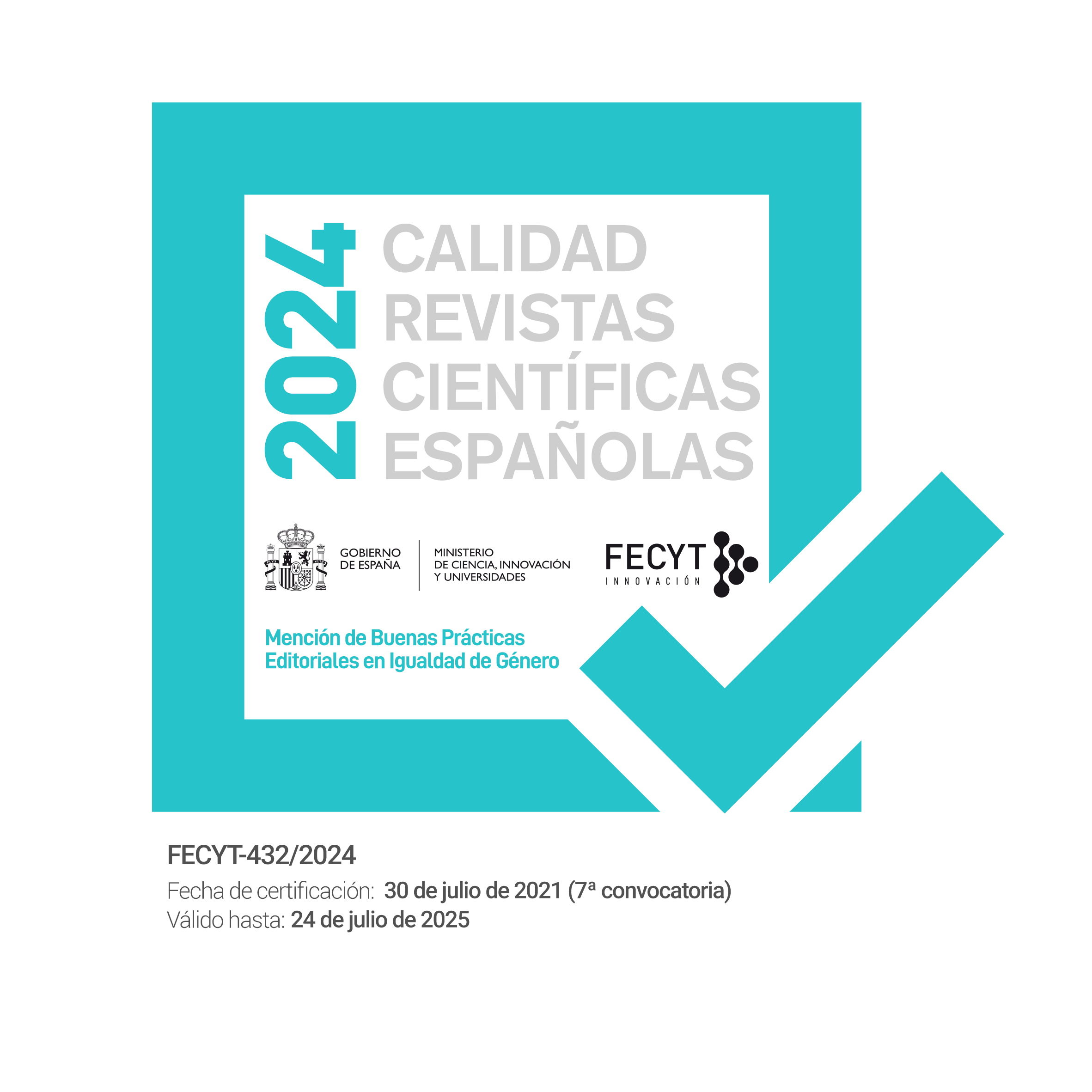Pixel Art: Aesthetics of Need or Praise for the Visual Medium
Abstract
The purpose of this paper is to show the process of technological evolution of digital imaging, from its primitive constraints until the time it has been able to reproduce the capabilities of photograph, 3D image and video. This process will stress the graphical features that are specific to this technology, so we could finally set up what we call a specific digital aesthetics.We will focus on particular in the field of electronic entertainment so that we could check wether the recent rise in video games production designed with aesthetics known as pixel art may be due to technical deficiencies –of tablets, portable devices and mobile phones- and the emergence of indie programming teams that don’t have the resources of large entertainment companies, or wether it’s based on aesthetical design decisions whose motivations we will aim to clarify in this paper.
Downloads
Download data is not yet available.
Metrics
Views/Downloads
-
Abstract1473
-
PDF (Español (España))2732
28-08-2015
Maravall Llagaria, J. L., & Martín Martínez, J. V. (2015). Pixel Art: Aesthetics of Need or Praise for the Visual Medium. Arte Y Políticas De Identidad, 12, 145–168. https://doi.org/10.6018/236111
Articles
Works published in this journal are subject to the following terms:
- The Service of Publications from the University of Murcia (publishing house) keeps the published works’ copyrights, and favors and allows the reuse of these works under the license indicated in point 2.
- Works are published in the journal’s online edition under the license Creative Commons Reconocimiento-NoComercial-SinObraDerivada 3.0 España(texto legal). They can be copied, used, disseminated, transmitted and publicly exhibited, as long as: i) the author and original source of publication are cited (journal, publishing house and work’s URL); ii) they are not used for commercial purposes; iii) the existence and specifications of this license are mentioned.
3. Conditions for auto-file. It is allowed and encouraged that authors share electronically their pre-print version (the pre-reviewed version) and /or post-print version (the reviewed and accepted version) of their Works before the publication, since it promotes its circulation and dissemination. RoMEO color: green.










